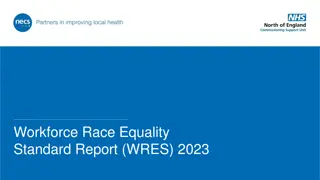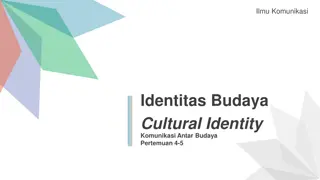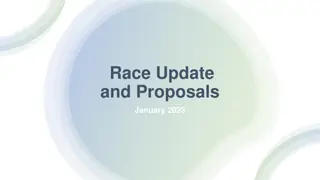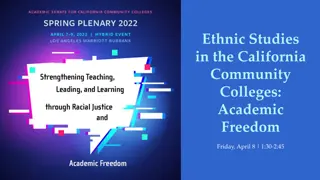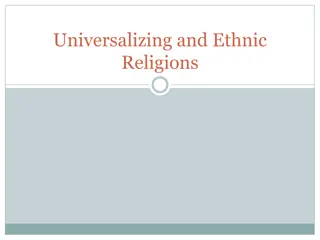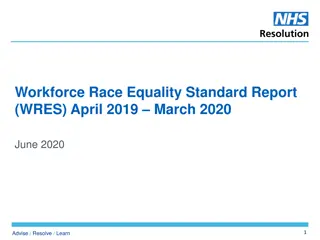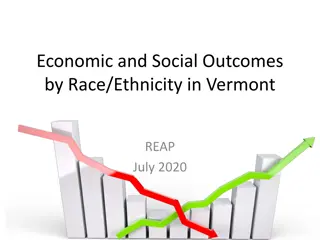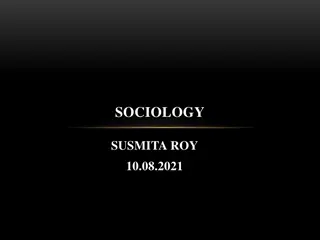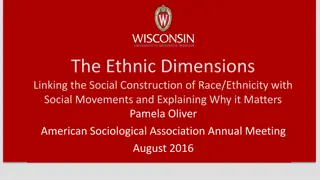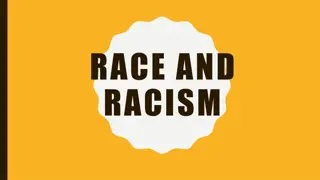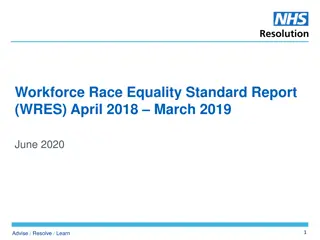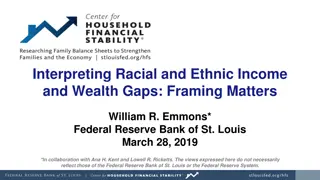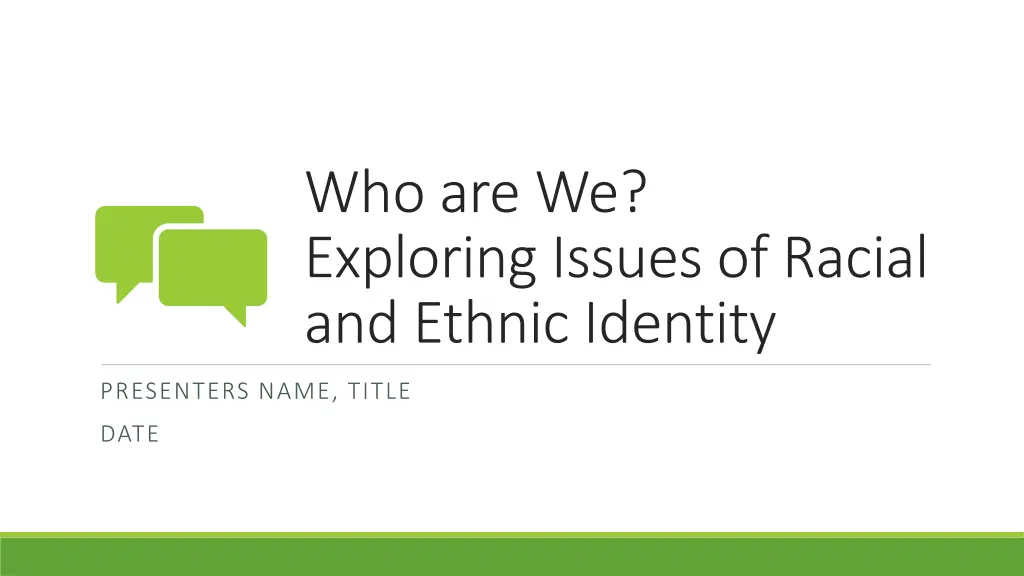
Exploring Racial and Ethnic Identity Issues
Dive into the complex topics of race and ethnicity, exploring definitions, impacts on education, disparities, and community engagement strategies. Engage in group discussions and reflect on video clips to deepen understanding of perceptions and realities surrounding race and ethnicity in American society.
Download Presentation

Please find below an Image/Link to download the presentation.
The content on the website is provided AS IS for your information and personal use only. It may not be sold, licensed, or shared on other websites without obtaining consent from the author. If you encounter any issues during the download, it is possible that the publisher has removed the file from their server.
You are allowed to download the files provided on this website for personal or commercial use, subject to the condition that they are used lawfully. All files are the property of their respective owners.
The content on the website is provided AS IS for your information and personal use only. It may not be sold, licensed, or shared on other websites without obtaining consent from the author.
E N D
Presentation Transcript
Who are We? Exploring Issues of Racial and Ethnic Identity PRESENTERS NAME, TITLE DATE
Objectives Participants will: 1. Define concepts of race and ethnicity; 2. Identify what is the impact of concepts of race and ethnicity on educational services, student achievement and student outcomes; 3. Discuss the concepts of disparities and disproportionality related to race and ethnicity and the impact on educational achievement and educational outcomes; 4. Identify strategies for the engagement of families and communities and the delivery of effective educational and support services to students from diverse backgrounds.
Race Refers to a person's physical appearance, such as skin color, eye color, hair color, etc.
Ethnicity Relates to cultural factors such as nationality, culture, ancestry, language and beliefs.
Video Clip One https://www.schooltube.com/video/20e98d471c05a96aaf90/Critical%20Race%20Theory%20Und erstanding%20the%20Nature%20of%20Race%20and%20America
Group Discussion 1. How comfortable do you feel discussing issues of race/ethnicity with (1) family, (2) friends, (3) co-workers, (4) strangers? 2. How significant is race/ethnicity in American today? 3. What do you say to those who say that they do not see color? 4. How do you view the impact of race/ethnicity in American society today?
Video Clip Two https://www.youtube.com/watch?v=fDzj9vRw5yM
Group Discussion 1. What is your reaction to the video clip? 2. What are your take-aways from the video clip? 3. What do you think it says about our perceptions of race and ethnicity in America?
Disparity An inequality or dissimilarity in respect of age, amount, number, or quality: want of parity or equality. Health Disparities in the United States, Donald Barr, MD , 2008 Oxford English Dictionary
Disproportionality Refers to a situation in which a particular racial/ethnic group of children is represented in child welfare, juvenile justice or other child systems at a higher percentage than other racial/ethnic groups. Looks across racial/ethnic groups at relative ratios of children at various points in the child welfare system to their numbers in the general population.
Anatomy of Disparities http://upload.wikimedia.org/wikipedia/commons/thumb/3/3f/Ageev_5X_circle_graph.svg/300px-Ageev_5X_circle_graph.svg.png Educational outcomes Health Housing Quality of health care service delivery Social justice Juvenile justice involvement Behavioral health availability of resources Access the services and supports
Example of Disparity in Utilization of Services POPULATION POPULATION White UTILIZATION OF SERVICES UTILIZATION OF SERVICES White 25% 60% African American 25% African American 12% Latino/Hispanic 25% Latino/Hispanic 12% American Indian/ Alaska Native 5% American Indian/ Alaska Native 1% Asian American/ Pacific Islander 10% Asian American/ Pacific Islander 10% Biracial 10% Biracial 5%
Example of Disparity in Access to Services POPULATION POPULATION ACCESS ACCESS TO TO SERVICES SERVICES White 25% White 60% African American 30% African American 15% Latino/Hispanic 30% Latino/Hispanic 15% American Indian/ Alaska Native 0% American Indian/ Alaska Native 0% Asian American/ Pacific Islander 5% Asian American/ Pacific Islander 5% Biracial 10% Biracial 5%
Example of Disproportionality in Child Welfare System CHILDREN IN CHILD WELFARE CUSTODY White POPULATION POPULATION White 40% 15% African American 20% African American 35% Latino/Hispanic 20% Latino/Hispanic 30% American Indian/ 10% American Indian/ Alaska Native 5% Alaska Native Asian American/ 0% Asian American/ Pacific Islander 10% Pacific Islander Biracial 5% Biracial 10%
Group Discussion Group Discussion 1. What are the implications of race and ethnicity for and their impact on providing services and supports for children youth and families from racially and ethnically diverse backgrounds? 2. What are the implication of race and ethnicity for the effective engagement of children, youth and families in your community? 3. How can we address issues disparities and disproportionality based on race?
Wrap Wrap- -up and feedback up and feedback from participants from participants

